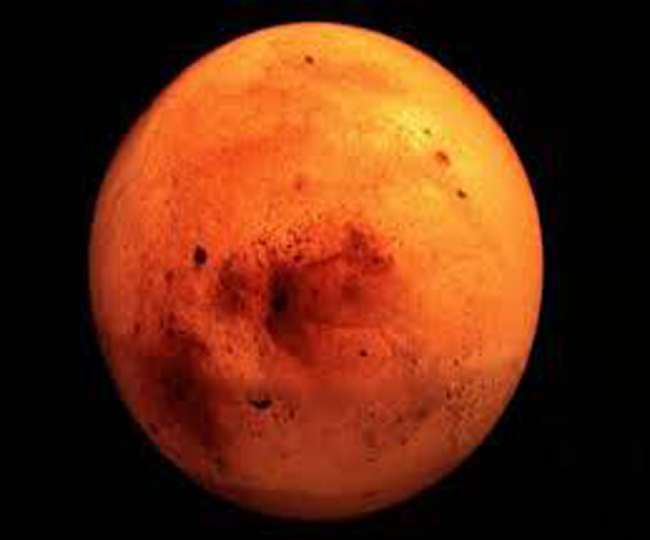
In 2018, China first attracted the attention of people all over the world by presenting the idea of an artificial moon. Chinese scientist Wu Chunfeng had said that Chengdu city would soon have its moon, after which there would be no need for streetlights. It is now coming to light that under this plan China can launch its first satellite in 2020. Three more satellites will be launched by 2022, after which the idea will take the form of reality. In such a situation, this question has arisen again, how right is this plan of China’s artificial moon while dominating science in nature? Know, how will this plan work and what will be its benefits and disadvantages…
Will work like this
The surface of this artificial moon of China will be like a mirror so that it can turn the sunlight towards the earth. According to China’s plan, the artificial moon will be able to light in a radius of 10 to 80 km. Its light will be eight times more than that of the real moon.
What are the odds
It is expected that the artificial moon will be placed between the Earth and the International Space Center (ISS). The first hitch is being told about its size. The football-shaped ISS was launched into space by launching it into three pieces. This artificial moon of China will be bigger than ISS. In such a situation, the biggest challenge will be to establish it. The second big challenge will be its speed. To prevent it from falling on the earth, it is necessary to rotate at a speed of 27,400 kilometers per hour. In such a situation, fuel expenditure is also a matter of consideration.
This will be a benefit
Scientists favoring this idea say that since the artificial moon will not require streetlights, it will help in saving electricity. Apart from this, the second benefit will be at the time of disaster. During a disaster, when the power of a place goes out, it will be possible to bring light to that place.
A new problem will arise
Currently, light pollution is a rapidly growing problem. Even at night, not only people are burning due to the burning of lights in houses, buildings, animals, and birds outside those houses are also affected by it. Scientists who have opposed China’s artificial moon plan say that the biggest impact will be on the internal clock (circadian) of not only humans but also of animals and birds.











